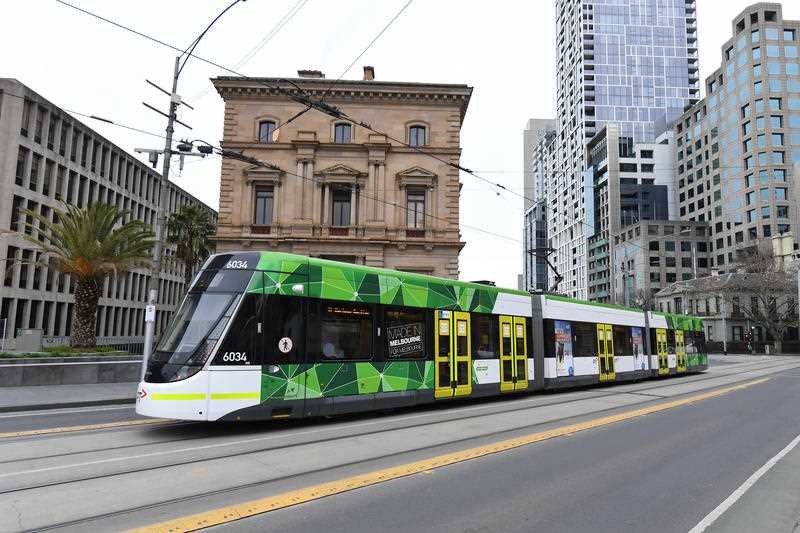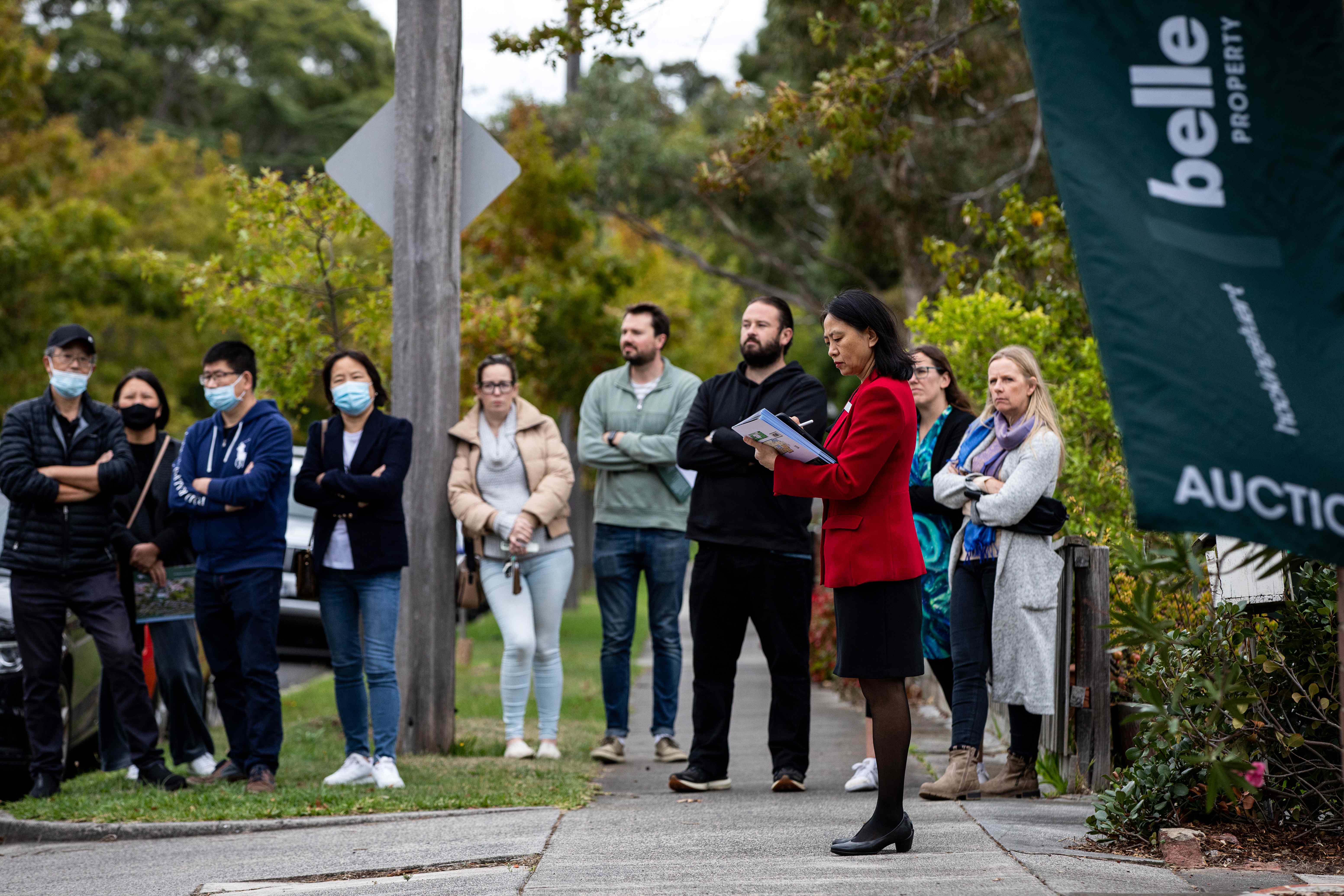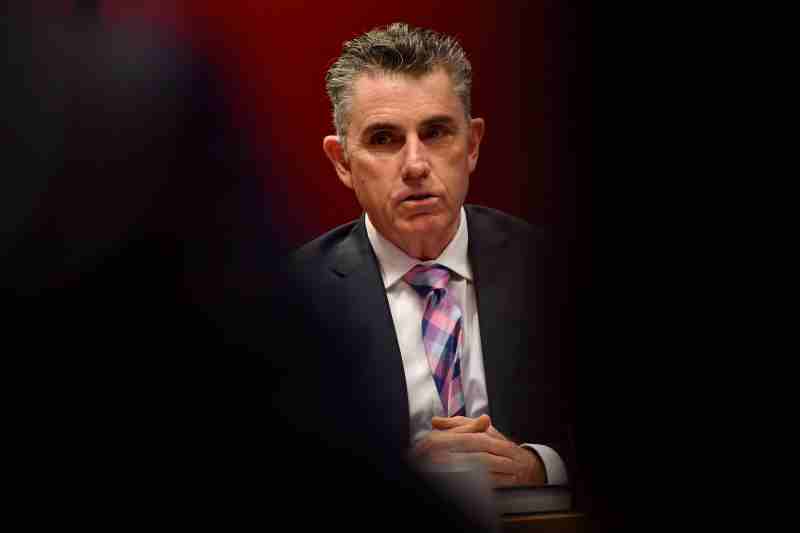By Rachael Ward
There are calls for a bigger focus on public transport during residential planning processes as Melbourne’s apartment boom outstripped the number of services.
Public transport services in greater Melbourne have not kept up with the city’s apartment boom, prompting calls for a bigger emphasis on transport during planning.
The number of apartments grew by 88 per cent from 2004 to 2022 but there was only a five per cent jump in transport services within walking distance, RMIT’s Centre for Urban Research found.
Along the route 86 tram line there was a 102 per cent increase in apartments, but just a 0.3 per cent lift in transport services.
It was a similar story on the Upfield train line where the number of apartments jumped by 134 per cent but there was just a seven per cent increase in services.
However, researchers did find exceptions such as along the Frankston line where there was a 58 per cent jump in train services but the number of apartments grew by 16 per cent.
Lead researcher Steve Pemberton said the reasons for the discrepancy between areas was not clear with no pattern to explain it but that public transport services overall had not matched the growth of apartments.
“More advantaged areas with apartment housing do not necessarily receive a greater number of public transport services per person than less advantaged areas with apartment housing,” Mr Pemberton said.
Victorian Premier Jacinta Allan said the importance of building homes close to good public transport services was a key driver of the Suburban Rail Loop and housing policies.
“It also speaks to why we are adding more tram services, train services, bus services right across the network,” Ms Allan told reporters.
“It’s why we have bigger, longer trains so that we can carry more passengers, particularly on some of those high volume routes.”
However, Mr Pemberton stressed upgrades to vehicles, that allowed them to take on more passengers and avoid overcrowding, was not the same as increasing services, as people still had long wait times.
“They’re just crammed into a bigger vehicle with more people,” Mr Pemberton said.
“If the objective is to encourage people to live in higher density housing, then an uplift of public transport services in areas where density is increasing should be part of what helps make people want to live there.”
RMIT senior research fellow and project lead Chris De Gruyter said there needed to be a greater focus on public transport services during the development process “to improve the sustainability, productivity and liveability of our city”.
Victorian Opposition Leader John Pesutto suggested Melbourne’s public transport struggles would only get worse as the city grows.
“What the Allan Labor government is going to do is to put all of our eggs in one basket of the Suburban Rail Loop and it’s going to starve other areas,” he said.
The Centre for Urban Research has created a dashboard, which can be found here, to house the study into Melbourne’s public transport.






